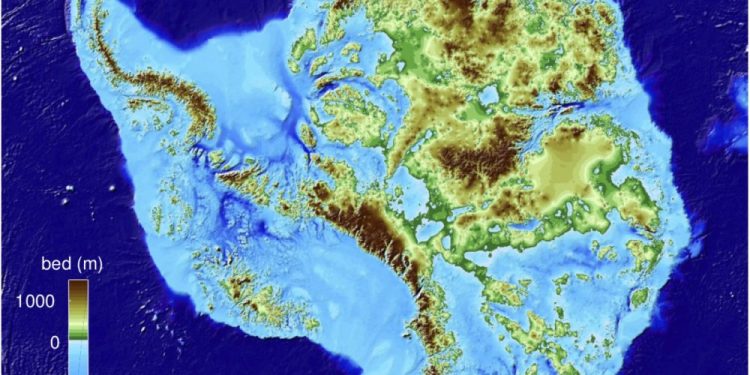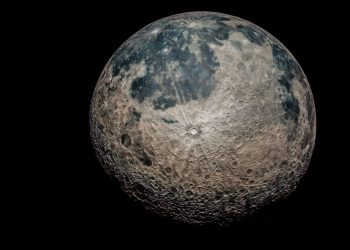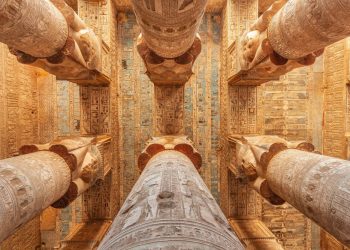Today, we know Antarctica as a land buried beneath vast sheets of ice, one of the most extreme environments on the planet. But this icy wilderness hasn’t always existed in its current form. Once, Antarctica was a far warmer region, with landscapes quite different from the frozen expanse we see today. So, when did this transformation occur, and how long has it been since the last traces of ice-free land vanished?
How Ice Came to Dominate Antarctica
The continent we now consider the coldest and most inhospitable on Earth was not always a frozen desert. In fact, Antarctica’s permanent ice cover only began forming relatively late in its geological history. Eric Wolff, a paleoclimatologist at the University of Cambridge, points to around 34 million years ago as the pivotal moment when ice started its dominance over the southernmost landmass. Before this, the environment would have resembled regions like modern-day northern Canada, with forests and open tundra.
As explained by LiveScience, global temperatures played a huge role in this transformation. Fifty million years ago, the planet was significantly warmer—around 14 degrees Celsius (25 degrees Fahrenheit) above today’s average. This warmth started to wane, and over the next 16 million years, the Earth gradually cooled. By the time of the Eocene-Oligocene transition, which took place 34 million years ago, the planet had chilled to around 8 degrees Celsius (14.4 F) above modern temperatures.
But what triggered this cooling? And was it enough on its own to bring about Antarctica’s deep freeze?
Two Forces Behind the Cooling: Carbon Dioxide and Tectonics
Scientists attribute the dramatic climate shift to two main factors: falling carbon dioxide levels and the movement of tectonic plates. The Earth’s carbon dioxide (CO2) concentration was much higher millions of years ago—anywhere between 1,000 and 2,000 parts per million, or 2.5 to 5 times what we see today. “These elevated levels of CO2 trapped more heat in the atmosphere,” explains Tina van de Flierdt, a geochemist from Imperial College London. “But as CO2 levels started to fall, the global climate began to cool.”
This drop in carbon dioxide concentrations wasn’t the only player. The movement of the continents also had a profound effect. Around the same time, South America and Antarctica fully separated, creating the Drake Passage—a body of water that connects the Atlantic and Pacific Oceans. This separation allowed a powerful ocean current to develop around Antarctica, known as the Antarctic Circumpolar Current.
“This current essentially isolated Antarctica from the warmer waters of the world, creating a sort of thermal barrier,” says Wolff. “As a result, the continent cooled even further, making it harder for warm air and water to reach the landmass.”
Over millions of years, the cooling trend accelerated, influenced by Earth’s natural processes like volcanic activity and rock weathering, which also played a role in regulating carbon dioxide levels.
Tracing Antarctica’s Glacial History Through Sediment
How can scientists be sure about these ancient climate changes? One key piece of evidence comes from the ocean floor. By examining the shells of tiny sea creatures preserved in sediments, scientists can trace changes in Earth’s climate. Oxygen isotopes in these shells reveal shifts in ice coverage. Specifically, ice contains more oxygen-16, a lighter isotope, while the ocean holds higher levels of oxygen-18 when ice sheets grow.
The sediments reveal a clear shift around 34 million years ago, when Antarctica first began accumulating significant ice. “This isotopic evidence gives us a solid timeline for when ice started to form on the continent,” Wolff explains.
Looking forward, scientists agree that it’s unlikely human activity will cause Antarctica to lose all its ice. However, van de Flierdt notes that it’s not impossible. “The Earth has been ice-free before, and it could happen again, but the timeline for that scenario is far beyond our lifetimes.”
Still, even without total ice loss, the melting of Antarctic ice could have serious global consequences, including rising sea levels. “We need to do everything we can to minimize the loss of ice from Antarctica,” van de Flierdt emphasizes. “The future is in our hands, and we must act now to prevent the worst-case scenarios from unfolding.”











